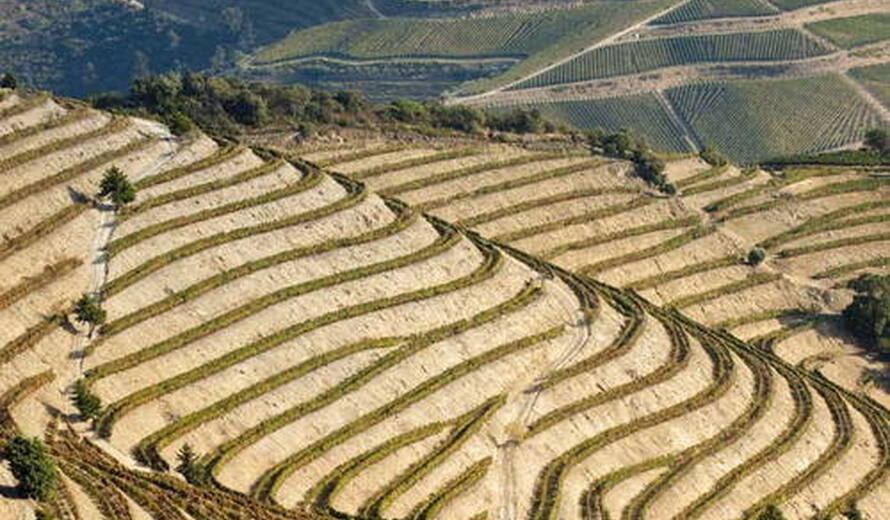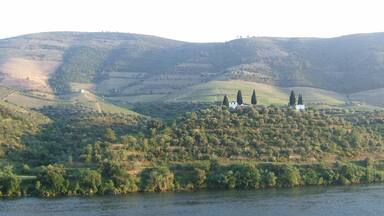State of conservation of Alto Douro Wine Region (Portugal)
Over the last several months, the World Heritage Centre has received numerous messages, through the NGO Platform Save the Tua, from individuals expressing their concern regarding the Foz Tua dam project, located inside the buffer zone, but outside the World Heritage property “Alto Douro Wine Region” limit. Those messages drew attention to the adverse impact it may have on the landscape, heritage, wine production and ecology of the site.
The World Heritage Centre would like to underline that the competent authorities of the State Party of Portugal as well as the Advisory Bodies (ICOMOS, ICCROM, IUCN) are fully informed of the concerns raised by the citizens’ campaign. The project is being considered by all parties and is being monitored according to the Operational Guidelines for the Implementation of the World Heritage Convention.
The World Heritage Centre would like also to recall that a joint World Heritage Centre/ICOMOS/IUCN reactive monitoring mission to the property took place in 2012 at the request of the World Heritage Committee, with international specialists which reviewed this matter. The mission report is available on our web-site: https://whc.unesco.org/en/list/1046/documents/.
Subsequently the 37e session of the World Heritage Committee (Phnom Penh, 2013) considered the state of conservation and the different reports and adopted a Decision in this regard, which is also available on-line, at the following page: https://whc.unesco.org/en/decisions/5093/. As per the decision, the State Party of Portugal has submitted a state of conservation report by 1st February 2015, available on-line, at the following page: https://whc.unesco.org/document/134968.
Decisions (2)
The World Heritage Committee,
1. Having examined Document WHC-13/37.COM/7B,
2. Recalling Decision 36 COM 7B.81 , adopted at its 36th session (Saint-Petersburg, 2012),
3. Takes note of the conclusions and recommendations of the joint World Heritage Centre/ICOMOS/IUCN reactive monitoring mission, and thanks the Director-General of UNESCO for endorsing the recommendations of the mission;
4. Notes with satisfaction the comprehensive documentation provided by the State Party in response to the mission’s recommendations;
5. Requests the State Party to continue to implement the recommendations of the joint reactive monitoring mission regarding the Foz Tua Hydro-Electric Dam project and in particular to:
a) Provide the Environmental Impact Assessment for the high voltage transmission lines by 1 September 2013 to the World Heritage Centre, for review by the Advisory Bodies, before any decision on their trajectory is taken,
b) Suspend further excavation of the navigation channel until hydraulic studies have been finalized and demonstrate that its lay-out is satisfactory in respect to its impact on the flow of the River Douro;
6. Also requests the State Party to submit the revised World Heritage Management Plan of the Alto Douro Wine Region by 1 February 2014 for review by the World Heritage Centre and the Advisory Bodies;
7. Further requests the State Party to submit to the World Heritage Centre, by 1 February 2015, an updated report on the state of conservation of the property and the implementation of the above.
Read more about the decisionThe World Heritage Committee,
1. Having examined Document WHC-12/36.COM/7B,
2. Recalling Decision 25 COM X.A, adopted at its 25th session (Helsinki, 2001),
3. Notes with concern the conclusions of the ICOMOS advisory mission that the potential impacts of the Foz Tua Hydro-electric Dam Project on the property and its setting would cause irreversible damage to the Outstanding Universal Value of the property;
4. Also notes with concern that initial planning processes for this project have not taken full account of the World Heritage status of the property through an analysis of impact on its Outstanding Universal Value, and that an Environmental Impact Assessment had already given a conditionally favourable approval;
5. Regrets that information on this project was not mentioned in the nomination dossier and was not communicated to the World Heritage Centre before commitments have been made, as required by Paragraph 172 of the Operational Guidelines, but notes with satisfaction the explanation which has since been provided by the State Party;
6. Expresses its concern that construction works commenced in April 2011, before the recommendations of the advisory mission were known and before the World Heritage Committee could consider the project;
7. Notes with satisfaction the invitation by the State Party for a joint World Heritage Centre/ICOMOS/IUCN reactive monitoring mission to the property to consider the potential impact of the revised Foz Tua Hydro-electric Dam project on the Outstanding Universal Value of the property, and to consider the property’s management system, the protection of the setting and the overall state of conservation of the property;
8. Takes note of the decision of the State Party to significantly slow down the pace of the construction work of the Foz Tua Dam and related infrastructure, as from the adoption of this decision until the report of the joint reactive monitoring mission is published and to implement the recommendations;
9. Decides to request the Director-General, in consultation with the Chairperson of the World Heritage Committee, to officially put forward concrete requests for action to the State Party based on the results of the joint reactive monitoring mission, if necessary;
10. Notes that the State Party is revising the plans for the dam, power station and other landscape works linked to infrastructure and requests that full details of these plans, together with a heritage impact assessment, be submitted as soon as possible to the World Heritage Centre for review by the Advisory Bodies;
11. Further requests the State Party to submit to the World Heritage Centre, by 1 February 2013, an updated report on the revision or reconsideration of the Foz Tua Hydro-Electric Dam project and on the overall state of conservation of the property for examination by the World Heritage Committee at its 37th session in 2013.
Read more about the decision
